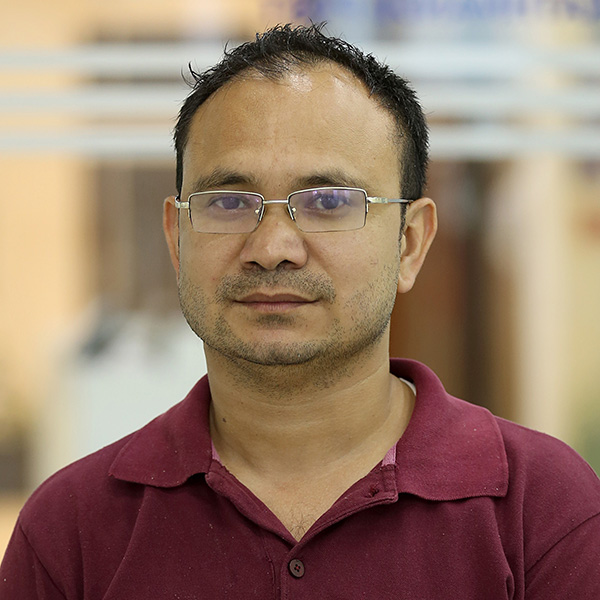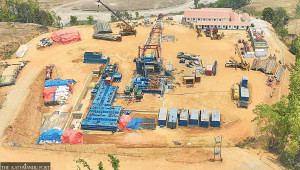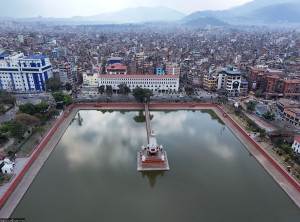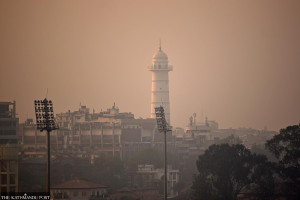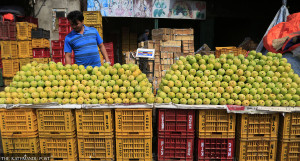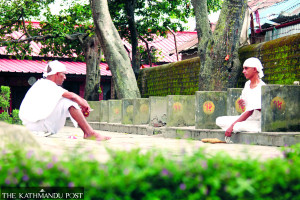Culture & Lifestyle
CIAA moves Supreme Court against clean chit given to ex-minister Bikram Pandey and 20 others
Anti-graft body claims that the Special Court ignored the existing solid evidence while acquitting the accused involved in corruption during the construction of Sikta Irrigation Project.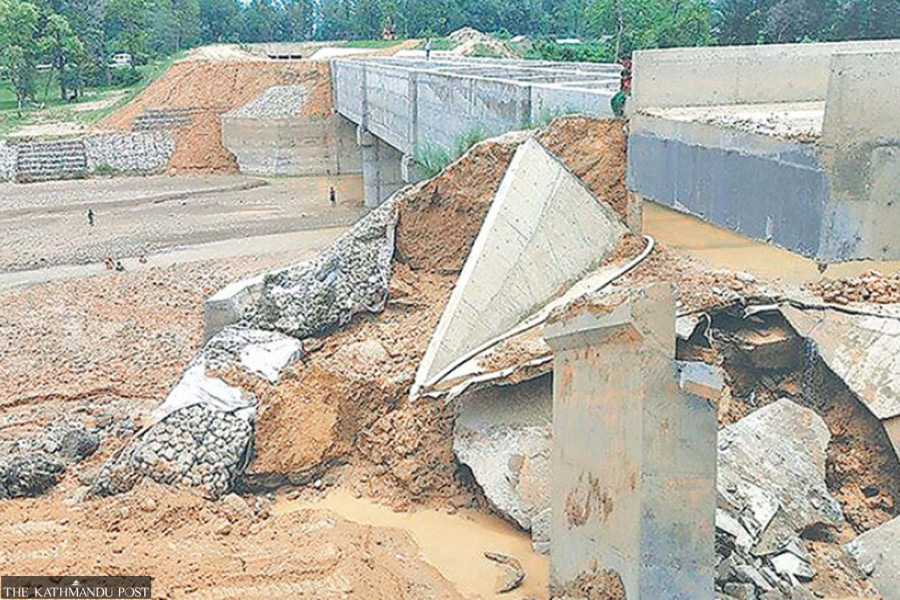
Prithvi Man Shrestha
The Commission for Investigation of Abuse of Authority on Tuesday moved the Supreme Court challenging the Special Court verdict that gave clean chit to 21 accused, including ex-minister Bikram Pandey, of corruption during the construction of Sikta Irrigation Project .
On June 19 last year, the Special Court acquitted all 21 accused in corruption including lawmaker Pandey, who is the chairperson of Kalika Construction, roped in as contractor for digging the main canal of the project, and government officials.
While giving the clean chit to them, the court pointed out that the defendants were not aware about dispersive soil while conducting feasibility study, preparing design, signing contract agreement and constructing the canal.
The dispersive soil issue in certain parts of the canal came to light following a soil test after a part of the canal collapsed in December 2016 for the first time, the special court had said in its verdict.
However, the CIAA has argued in its appeal that the existence of dissoluble soil was long known because past studies had already indicated its presence.
In a press statement, the anti-graft body said that a feasibility study report of the main canal by the Lahmeyer International GMBH in August 1980 had stated about the presence of dispersive soil between the Parwa Sota and Dunduwa Khola tributaries.
According to the CIAA, it has been mentioned in the feasibility report that there is a lining required since the permeability of the sandy silt (10-4 cm/s) is too high to tolerate seepage losses and the sandy soil is so highly erodable that within a short time the canal would be destroyed by the flow of water into the canal.
Likewise, the main report of another feasibility study prepared in April 2004 had also clearly indicated the presence of such soil.
Page 62 of the report under the heading—Topography and Land Systems along the Main Canal Alignment—states “From the Paruwa Khola at chainage 20+600 onwards upto the Dunduwa River at chainage 35+600, the canal traverses a highly dissected alluvial fans with a loamy soil top layer and substratum of highly compacted silt and loam soils.
“These soils have variable calcium content and are subject to leaching. Because of the dissected nature of topography in this reach deep cuts upto 17 m will be required for canal excavation alternated with canal sections constructed in fill. Although the compacted loamy and silt soils are stable for excavation, the probability of leaching will require protection of slope in deep cuts.”
The anti graft body said that detailed study should have been conducted based on these feasibility studies. “It is clear that the design cost estimate and tunnel structure with concrete lining were prepared after knowing about the quality of soil,” the CIAA argued. “Otherwise, there was no need to prepare the structure with concrete lining.”
The anti graft body said that the verdict was wrong because this evidence was not taken into consideration.
On December 7, 2018, the CIAA filed a corruption case at the Special Court against Pandey along with other 20 individuals, for substandard construction that led to repeated collapse of the main canal of the multi-billion-rupee national pride project.
Others indicted in the case were project chiefs in different times— Sarva Dev Prasad, Saroj Chandra Pandit, Dilip Bahadur Karki, and Ramesh Basnet—and nine senior divisional engineers as well as engineers with the Department of Irrigation and managing director of the project consultant ERMC-ITECO Nepal JV.




 24.32°C Kathmandu
24.32°C Kathmandu